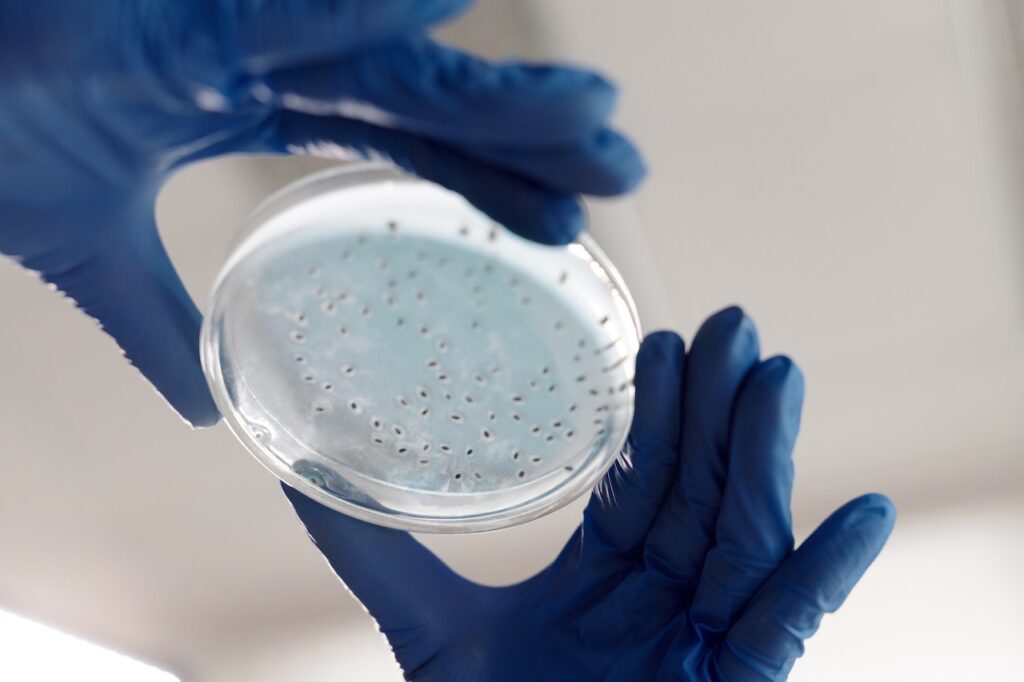Molds produce tiny spores to reproduce. Mold spores waft through the indoor and outdoor air continually. When mold spores land on a damp spot indoors, they may begin growing and digesting whatever they are growing on in order to survive. There are molds that can grow on wood, paper, carpet, and foods. When excessive moisture or water accumulates indoors, mold growth will often occur, particularly if the moisture problem remains undiscovered or un-addressed. There is no practical way to eliminate all mold and mold spores in the indoor environment; the way to control indoor mold growth is to control moisture.
Remember:
- The key to mold control is moisture control.
- If mold is a problem in your home, you should clean up the mold promptly and fix the water problem.
- It is important to dry water-damaged areas and items within 24-48 hours to prevent mold growth.
For more information on mold:
- Read the publication, A Brief Guide to Mold, Moisture, and Your Home
- Una Breve Guía para el Moho, la Humedad y su Hogar está disponible en el formato PDF
- Visit the Mold Website
Produced and published by the United States Environmental Protection Agency (EPA). Last Updated: October 26, 2022. Hyperlinks within the text and text appearing in brackets may have been added for clarity or ease of use by Moldli editors.


